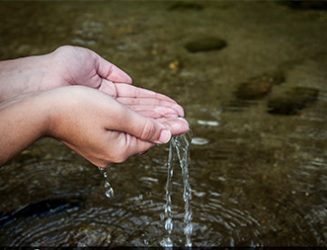
The world’s biggest conservation and sustainable development challenges demand innovative solutions. But individual experts in these fields are busy and often very specialized; they rarely have the ability or the incentive to tackle a multi-dimensional challenge related to both conservation and sustainable development. The Science for Nature and People Partnership (SNAPP) solves this problem.
SNAPP selects its multidisciplinary teams through a rigorous proposal process, and then provides them with funding to cover neutral meeting spaces, travel, analytical, communications and facilitation support. Dedicated Research Fellows, such as postdocs, graduate students, and, in some cases, research assistants may be hired (please see our 0% indirect cost rate guidelines here). These tangible incentives are the “enabling conditions” that allow a team of experts from a diversity of disciplines to convene around a specific global challenge at the intersection of conservation and human well-being.
SNAPP teams thus gain the time and space to 1) rapidly synthesize existing knowledge about a problem, and 2) deliver evidence-based, scalable solutions. These solutions (like policy recommendations and decision tools) can then be quickly adopted by governments, international business, and global NGOs, because high-level decision makers are embedded within SNAPP teams from the start.
Through this approach, SNAPP works to establish a world in which protecting and promoting nature works in concert with sustainable development and improving human well-being. Some examples of SNAPP successes can be explored via this “Story Map.”